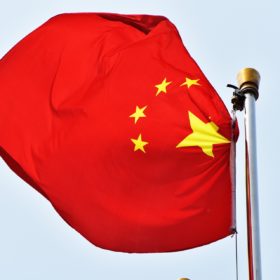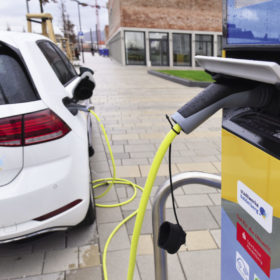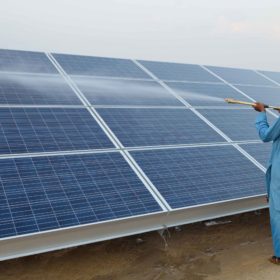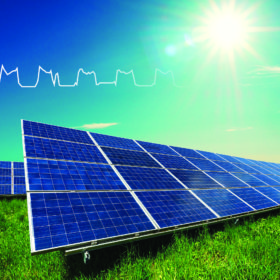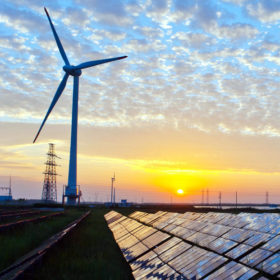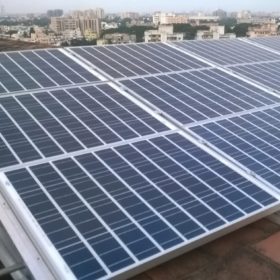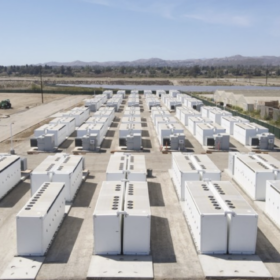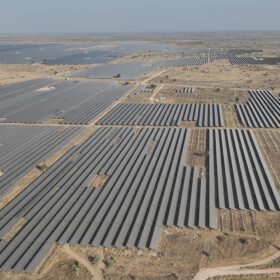UK university to research solar-powered cold chains for Indian agriculture
The University of Birmingham is a research partner on the Solar Cooling Initiative of International Solar Alliance that aims to spread the use of solar and solar-hybrid energy in agriculture.
Commercial solar at grid parity in China but a hard line is needed on soft costs
Deploying commercial and industrial PV in China without subsidy is already profitable in some areas, according to a new study, but prohibitive soft costs and cheap electricity are the main barriers for such installations in areas where grid parity remains out of reach.
Lowering emissions without breaking the bank
A combination approach is more suitable than standalone carbon pricing and standard renewable portfolio scenarios for India to meet its climate targets, says a study by Massachusetts Institute of Technology (MIT) researchers.
India’s renewable power generation cost the lowest in Asia Pacific
The cost of solar power generation in India has fallen to half the level seen in many other markets in the region due to extensive solar resource, market scale and competition.
FAME II: Proposals invited for deployment of 1000 EV charging stations
The charging stations should preferably be connected with grid-connected solar power plants of required capacity as per MNRE guidelines. The deadline for submission of the proposals is August 20.
56% solar installations in water-scarce areas: Bridge To India
Wasteful use of water for solar panel cleaning is posing these areas to a high level of water risk. To justify its environment-friendly tag, the industry needs to replace manual cleaning with technologies providing water-efficient solutions.
India leads the way as PV threatens coal-fired power
Falling PV panel prices led to notable year-on-year falls in the cost of developing solar plants around the world. India led the way with PV projects costing a weighted average of just $793/kW of capacity installed in 2018. Costs in China dipped to $879/kW last year, while solar projects in US and Australia cost $1,500.
Tata Power exemplifying the Indian energy transition: IEEFA
The private-sector integrated power company will cease to build new coal-fired capacity. Instead, it eyes 70% of new capacity additions coming from solar, wind and hydro through to year 2025.
World Bank to support efficient, clean cooling in developing countries
By 2050, energy use for cooling is projected to triple. Also by 2050, demand for cooling in countries such as India, China, Brazil, and Indonesia will grow fivefold, putting pressure on already strained energy systems and hampering efforts to curb climate change.
Proposals invited for joint Indo-Swedish R&D on renewables, energy storage
The Department of Science & Technology (DST), Government of India, and Swedish Governmental Agency for Innovation Systems (Vinnova) have created funding mechanisms through which companies may seek support for joint R&D projects. The projects should aim to develop renewable, energy storage and waste management technologies that can be commercialized over two years through joint cooperation between India and Sweden.

